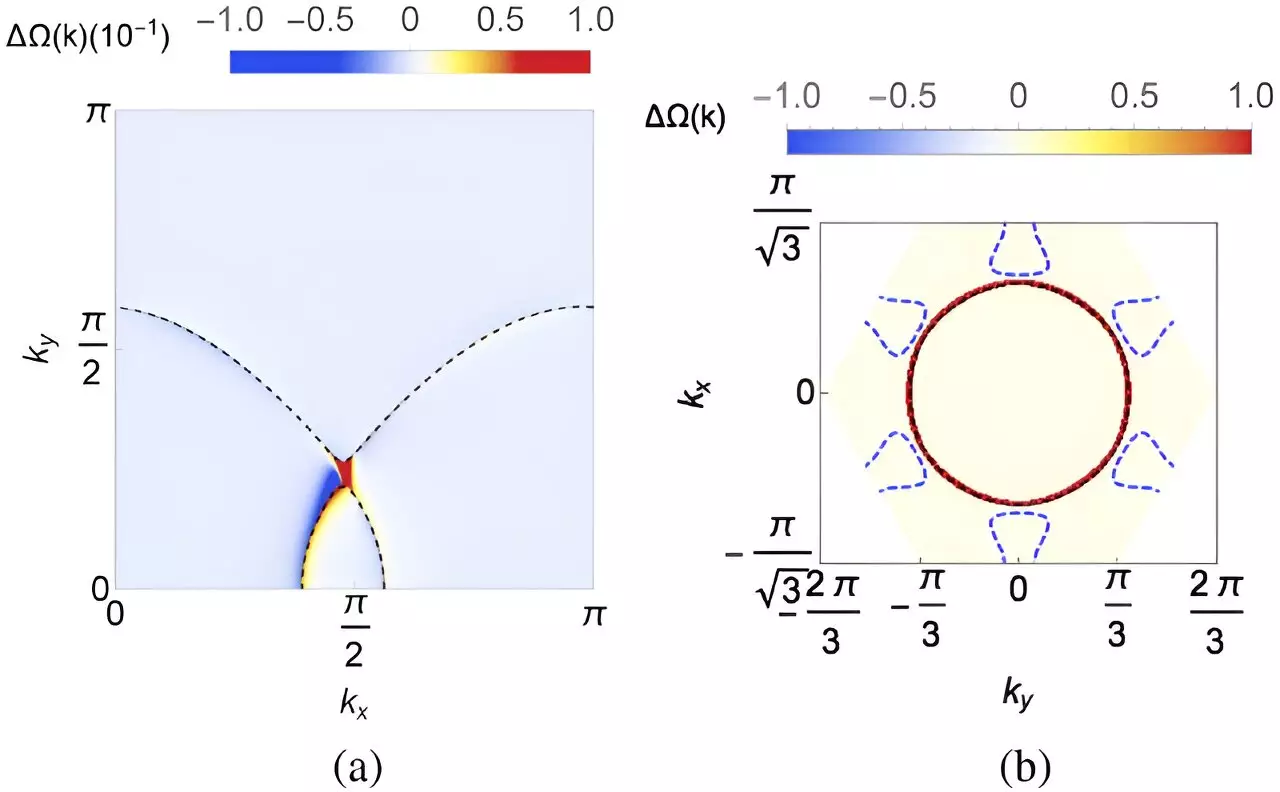In a groundbreaking study by Qimiao Si and his team at Rice University, researchers are delving into the fascinating world of quantum materials through the exploration of a newly identified class of quantum critical metal. This significant research, published in the prestigious Physical Review Letters on September 6, highlights the intricate relationships governing electron behaviors and interactions within various lattice structures. By focusing on phenomena such as Kondo coupling and chiral spin liquids, the study not only advances theoretical physics but also paves the way for the development of cutting-edge electronic devices that leverage the unique properties of quantum-critical systems.
At the heart of this research lies the concept of quantum phase transitions, akin to the shifts water undergoes between solid, liquid, and gaseous states. Quantum phase transitions, however, involve electrons transitioning across various states due to environmental fluctuations. Unlike classical phase changes, the underlying mechanics governing these transitions are dictated by quantum physics, leading to a bewildering array of behaviors.
The Role of Quantum Mechanics
Quantum mechanics introduces nuances that profoundly affect electron interactions, primarily through quantum fluctuations and electronic topology. Even in a state devoid of thermal energy (absolute zero), quantum fluctuations perpetuate activity within the electron framework, driving significant changes in organization akin to a cosmic dance. This phenomenon results in what is termed quantum criticality, a state where the properties of materials undergo significant transformations.
In this research, Si’s group collaborates with Silke Paschen from the Vienna University of Technology, creating a theoretical model that examines these intricate behaviors. Their model differentiates between two types of electrons—those that move slowly, resembling cars in a traffic jam, versus fast-moving electrons akin to vehicles speeding on a clear road. Interestingly, slow-moving electrons, despite appearing near-stationary, exhibit spins that can orient in any direction. Rather than forming orderly arrangements, these spins encounter geometrical frustration due to the constraints imposed by their lattice structure.
The investigation reveals that where one would typically expect structured patterns in spin organization, a more disordered phase known as quantum spin liquid emerges instead—an entity that is both chiral and time-oriented. This intriguing state acts as a backdrop for significant phenomena when it engages with the rapidly moving electrons, giving rise to topological effects that indicate a deeper level of interconnection.
As the quantum spin liquid couples with the faster electrons, a transition into a Kondo phase occurs, a state where the directional spins of the slow electrons synchronize with the rapid motion of their fast-moving counterparts. This coupling manifests in distinctive electronic behaviors, particularly as the research team uncovers the relationship between electronic topology and quantum phase transitions.
The study puts forth vital insights regarding the Hall effect—the observed bending of electrical current flux under external magnetic fields. Paschen notes the pivotal role of electronic topology in this phenomenon, outlining that they have documented a sudden leap in Hall effect behavior at the quantum critical point. Si elaborates on the transformative potential of these findings, revealing that these advanced responses occur even in minuscule magnetic fields.
The ramifications of such discoveries extend far beyond theoretical intrigue; they herald new opportunities for groundbreaking technological innovations. The exceptional features exhibited by these quantum materials indicate their potential to reshape various sectors, including medical diagnostics and environmental monitoring. Devices designed to harness these quantum effects may achieve unprecedented sensitivity, revolutionizing data accuracy and responsiveness.
This advancement in understanding quantum materials represents not only a milestone in academic research but also a nexus point for future innovations in technology. The collaborative efforts of Qimiao Si, Silke Paschen, and their respective teams highlight the complex tapestry of interactions that define the quantum world. As the journey into the realm of quantum materials continues, we stand on the cusp of monumental advancements that could redefine our understanding of electronics and their applications in everyday life.


Leave a Reply